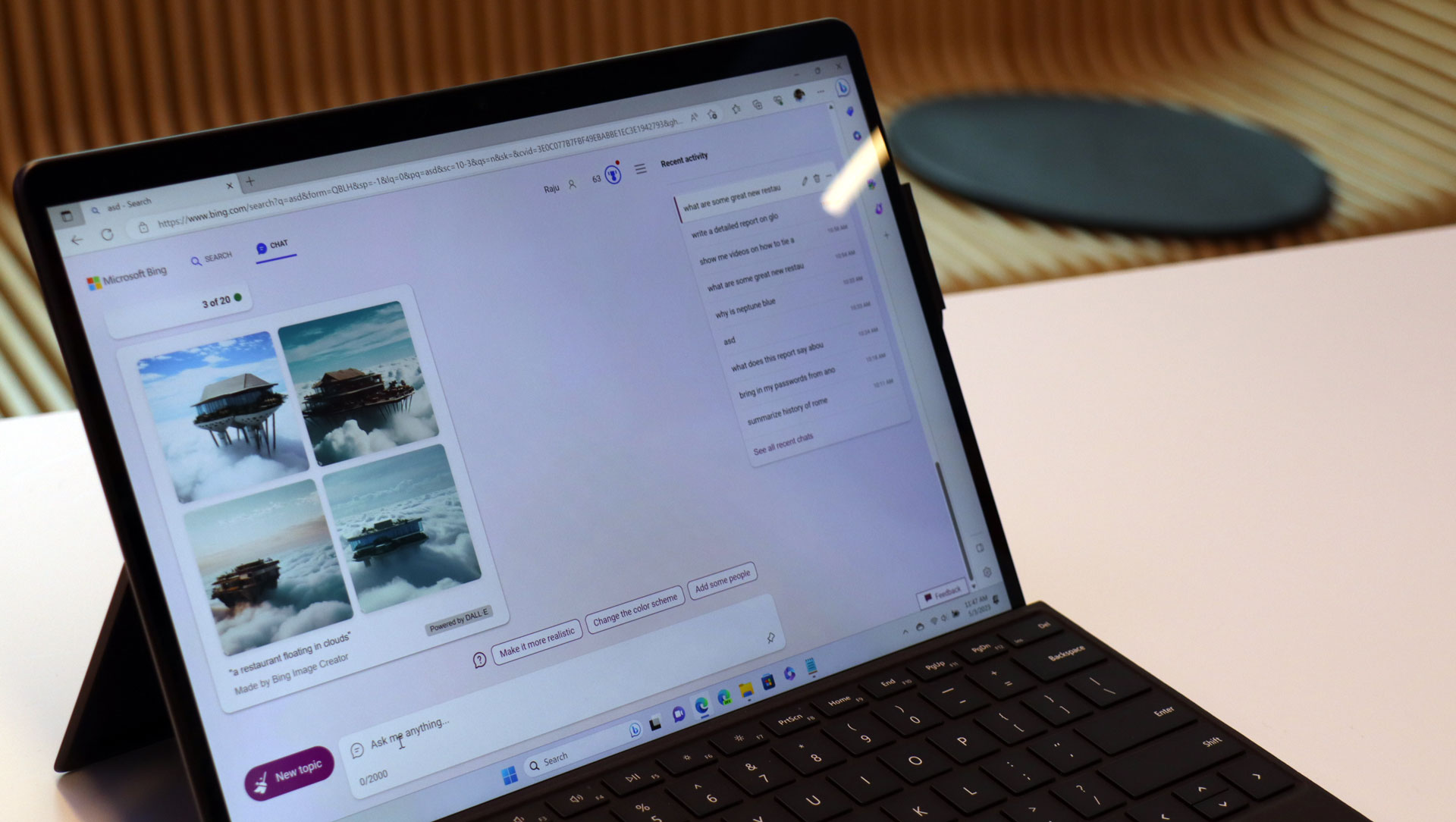Some users will find Microsoft’s Bing AI chatbot is suddenly a lot more helpful

Microsoft has made a big change to its Bing AI for one of the modes of the chatbot’s operation, namely the ‘Precise’ mode.
As users of the AI will be aware, there are three modes that can be selected for the Bing AI: the mentioned Precise setting, as well as Balanced, and Creative.
Precise mode is for those who want shorter and more factual answers in their dealings with the AI, whereas Creative lets the chatbot more off the leash in terms of replies (and Balanced strikes a compromise between these two ends of the freedom spectrum, as it were).
According to Mikhail Parakhin, head of Advertising and Web Services at Microsoft, the company has finished rolling out a “pretty big update” for the Precise mode.
Finished rolling out a pretty big update in our Precise mode of Bing Chat - no new features, just better answers. A few people noticed, in a "Creative has gotten worse - now even Precise is better" form, of course :-) Give it a try!September 25, 2023
As Parakhin explained on X (formerly Twitter), this doesn’t entail introducing new features for Precise mode, just ensuring that the chatbot gives better answers with this setting.
Analysis: Pushing forward for a better Bing bot
Delivering better answers is, of course, one of the most effective ways Microsoft can improve its Bing AI. As Parakhin observes in the above tweet, the polishing of Precise mode has been noted by some users, even if they’ve framed it as ‘Creative is worse, and Precise is better than it now’, rather than it being a positive step forward for Precise. Which it definitely is, we shouldn’t need to add.
There’s another way that Microsoft is working on making Bing AI’s responses better, and that’s a ‘no search’ parameter. This is something that’s been mentioned in the past which will allow users to cut off the chatbot from the web (search functions) when formulating an answer.
Sign up for breaking news, reviews, opinion, top tech deals, and more.
In other words, you’ll be getting a direct answer from the AI (as opposed to one informed by search content derived from the web), and that could be useful in certain situations (like queries about coding, for example). It’ll also mean that responses should be swifter, too, without having to scrape the web for extra bits of data.
So what’s happening with the ‘no search’ function? Apparently, it’s going to be implemented as a plug-in, rather than directly into Bing AI, and is still inbound according to Parakhin (and will happen as part of the general plug-in rollout). Hat tip to Neowin for spotting that one.
You might also like ...
Darren is a freelancer writing news and features for TechRadar (and occasionally T3) across a broad range of computing topics including CPUs, GPUs, various other hardware, VPNs, antivirus and more. He has written about tech for the best part of three decades, and writes books in his spare time (his debut novel - 'I Know What You Did Last Supper' - was published by Hachette UK in 2013).